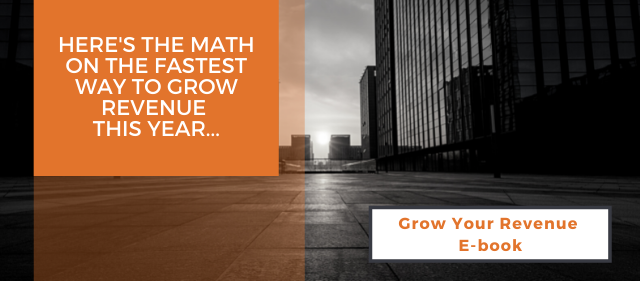SHARE
Can Your Website Copy Have 'Too Many' Links?
August 01, 2013 | 2 minute read
.png)
We had a really interesting question from a client recently, which I thought was worth sharing with our larger audience. It's a best practices element that makes Tangible Words website copywriters feel very passionate - so give us your comments below (whether you agree or if there's a perspective our passion is causing us to miss!) in the spirit of best practices for all internet users.
Question: "Do Too Many Links Disrupt The Reader and Make Them Lose Focus on Your Product?"
Embedded textual links are a key component of SEO website copywriting. Your site needs embedded textual links to suit the thirst of two of your key online audiences: your website readers and search engines. Here's why:
- We're used to getting what we want online – quickly. We type in a few words and presto we're there. So your online readers are a little more impatient than they are in person. Typically online, people get halfway down a page and think "I don't want to read this anymore." At that point, your embedded textual link takes them to another idea (not just a 'click here' or boring old 'read more' comment, please). That link is the enticing place they want to have the option to go visit next. If you don't give your readers somewhere cool to go next, they will end up leaving your site. And that's not the purpose of your website.
- Links are great graphic text elements, and they are typically obvious to the scrolling skim reader (who often doesn't even get halfway down the page!). The underlined blue link is familiar to all of us, and we know when we're reading online to look first for links to take us where we want to go more quickly. Readers know to scroll for text which suggests an embedded link describing the page or post they would want to visit (instead of the one they're currently on). So assume your readers digital literacy and build your website for them!
- Links build SEO legitimacy. Search engines scroll the 'code' in websites, and the 'a href' code, which denotes a link, stands out. If you have your keywords for the description of the page or the post in the link, search engines can see it – and they quickly realize that they can confidently send their user to that page to find the content they seek. The more helpful information you provide, the longer people spend on your site. Links clicked and time spent on a website by users are tracked by search engines. So if a user is clicking lots of links (and has the option to click descriptive links) you're helping search engines understand what your site is really about – without cheating (search engines hate SEO cheaters). You want "sticky" pages! The more links clicked, the more articles read, the more search engines and your audience feel confident about your site – and you.
So our trained SEO website copywriting team firmly believes that having embedded text links are win-win-win: for the reader, for search engines, and for your site.
PS: External site links should always pop up in a new browser window so you don't frustrate website visitors by knocking them off your site. Plus, do you really want them to leave?!
Topics
- Content Creation (297)
- Growth-Driven Design Websites (167)
- Inbound Marketing (145)
- Sales Growth (133)
- Tangible Words (111)
- Search Engine Optimization (85)
- Social Media Marketing (83)
- Hubspot (76)
- Blogging for Business (75)
- Economic Development (64)
- Events & Training (60)
- Company Growth Podcast (49)
- Manufacturing (47)
- Tourism (46)
- Email Marketing (42)
- Case Stories (40)
- Testimonials & Client Feedback (36)
- Education and SaaS (23)
- Google (21)
- Careers (19)
- Inbound Marketing Agency (19)
- Cool Companies (18)
- FAQ (16)
- Alysha Dominico (13)
- Associations (7)
- Food and Beverage (7)
TW Blog Sign-Up
Learn more about how to grow your business and improve your sales team process.




-png.png)

